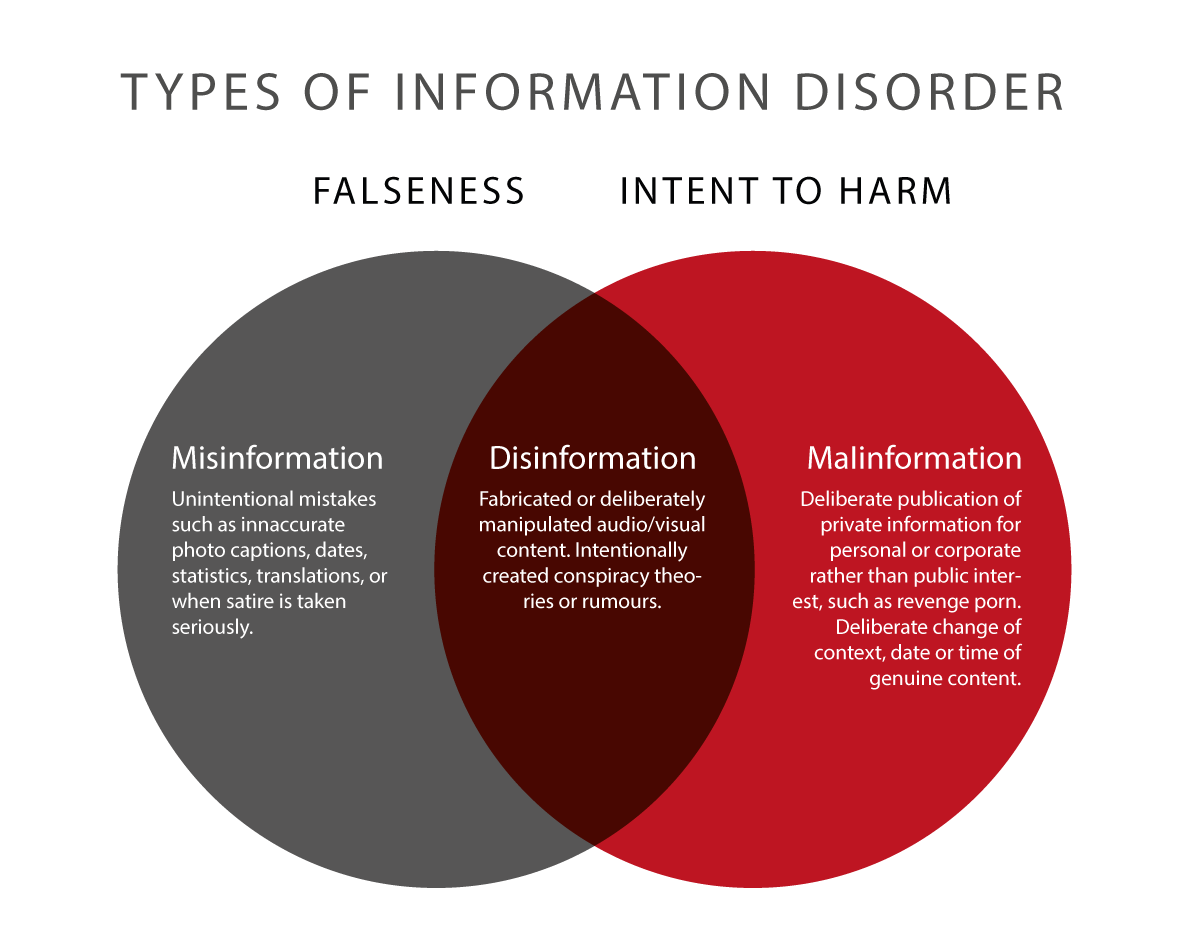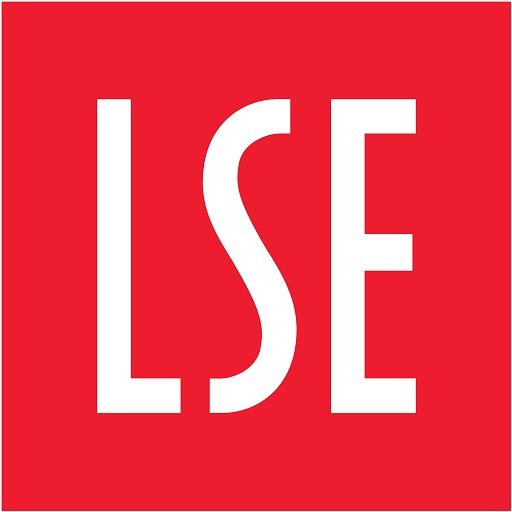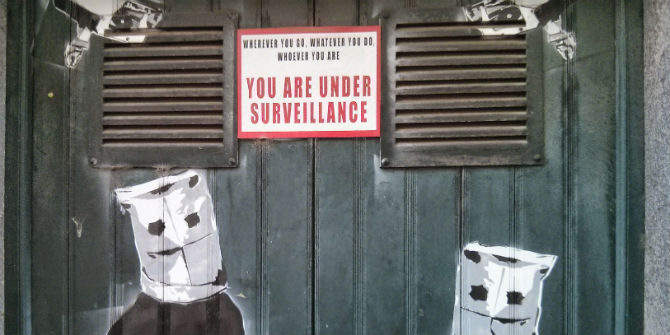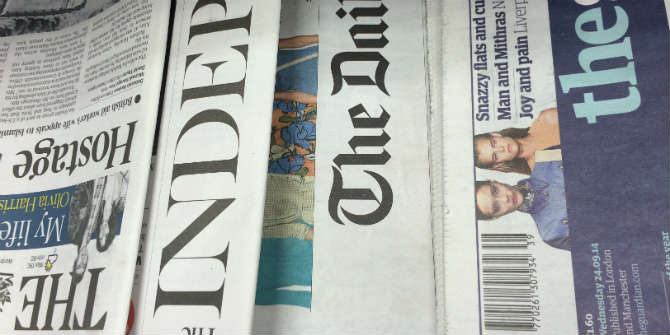 The problem of misinformation – which inspired our Truth, Trust and Technology Commission – continues to be an issue that attracts widespread concern, particularly its effect on elections. Here we revisit the various definitions of ‘bad-information’ as described by Hossein Derakhshan, an Iranian-Canadian author, researcher, and public speaker, who pioneered blogging, podcasts and tech journalism in Iran.
The problem of misinformation – which inspired our Truth, Trust and Technology Commission – continues to be an issue that attracts widespread concern, particularly its effect on elections. Here we revisit the various definitions of ‘bad-information’ as described by Hossein Derakhshan, an Iranian-Canadian author, researcher, and public speaker, who pioneered blogging, podcasts and tech journalism in Iran.
In the Information Disorder report for Council of Europe (2017), Claire Wardle and I identified three types of bad-information (mis-, dis-, and malinformation), three phases (creation, (re)production, distribution), and three elements (agent, message, interpreter) to what we call information disorder.

Here I would like to expand that model and focus on various categories of information warfare, based on their agents and targets, divided as state, non-state or non-state organisations, and the public. The agent is the creator of dis-/malinformation, the target is whom the agent wishes to influence or manipulate in order to reach a specific goal which intends harm. This model not only somewhat clarifies the current debate on the topic, it informs potential ways to tackle each type of campaign, and suggests where fact-checking is the most effective.
The diagram above (in draft) shows nine possibilities, depending on which agent intends to influence which target’s perceptions or decisions. Some categories have existing labels, such as propaganda – when a state targets the public in its own or another country – or competition -when non-state actors try to harm or manipulate each other. But some categories have no labels.
State vs. state (SS): When a state targets its own or another state’s organisations, such as when the US and the UK governments fed other states (including Poland or Denmark) false information about Iraq’s Weapons of Mass Destruction in order to form a military coalition to invade the country.
State vs. non-state (SN): When a state feeds a non-state organisation such as the UN, local or international NGOs, etc. to influence their perception or decisions. An example is when the American and British governments leaked false information about Iraq’s imminent WMD threat to the likes of BBC and the New York Times.
State vs. public (SP): Known as propaganda, it refers to when a state targets its own or another population directly with false information to influence their decisions or perceptions. Examples include most authoritarian systems’ broadcast television or radio, or when they use advertising on social media to target their own or other populations.
Non-state vs. state (NS): When a non-state organisation feeds its own or another state with disinformation. For example, when pro-Assad or anti-Assad human rights groups tried to manipulate US or European governments with false reports on use of chemical weapons by their opponent.
Non-state vs. non-state (NN): When non-state organisations feed each other with disinformation. Motivation is mostly competition.
Non-state vs. public (NP): When non-state organisations feed the population with disinformation. For instance, when the pro-gun lobbies in the US feed the public with false information about shootings.
Public vs. state (PS): When citizens of a country send disinformation to state organisations. For example, bogus bomb or fire or terrorism reports, or fabricated reports about rivals in one’s own or another country.
Public vs. non-state (PN): When the public feeds non-state organisations with disinformation. For example, when indoctrinated photographs or videos or false witness reports are sent by members of the public to non-state media organisations.
Public vs. public (PP): When members of the public target others in their own or another country with disinformation. Examples include spreading rumours or lies, or private chats, pictures, etc. against an individual on social media or with mass emails etc.
One immediate conclusion is that from all the categories, those three where non-state organisations are targeted with dis-/malinfomation (i.e. SN, NN, and PN) are the most effective in enabling the agents to reach their malicious goals. The best example is still how US and UK state organisations duped independent and professional media outlets such as the New York Times into selling the war with Iraq to the public.
But tackling bad information in these categories is more effective and less costly, because non-state organisations are primarily rational structures and predominantly smaller in scale, whereas states are difficult targets because of their intrinsic rational structure, administrative rules, and verification mechanisms, the public is easy to target but very hard (and expensive) to protect – mainly because of their vast numbers, their affective tendencies, and the uncertainty about the kind and degree of the impact of bad information on their minds.
The model, thus, encourages us to concentrate funds and efforts on non-state organisations to help them resist information warfare.
This article represents the views of the author, and not the position of the LSE Media Policy Project, nor of the London School of Economics and Political Science. The post was originally published on the author’s Medium page.






